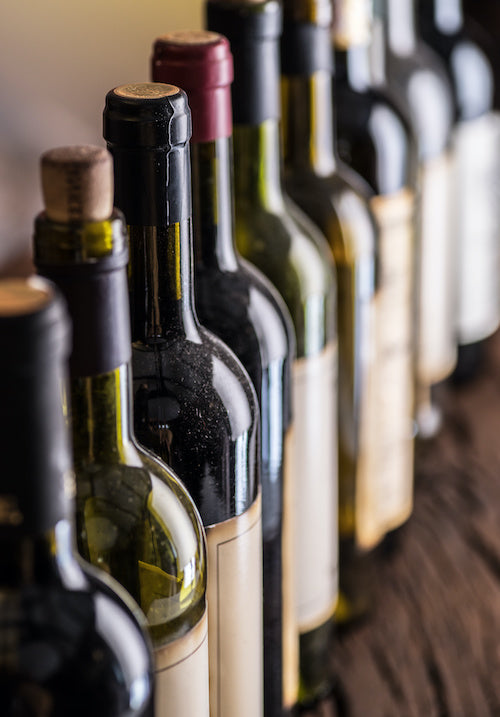Many wineries offer cellar door tastings, some of which are free while others charge a small fee. Checking the winery's website beforehand can give you an idea of the protocol they follow. In the past, it was acceptable to show up without a booking, but since the advent of the internet and the Covid-19 pandemic, it has become common practice to book in advance. Making a booking allows you to reserve a table for a meal where you can further enjoy the wines you've tasted.
The cellar door experience is a fun way to taste and learn about the wines of the winery you're visiting. It's an opportunity to build your wine knowledge and confidence in an informed way with your friends. The staff are knowledgeable and happy to share the technical details and vision of the wines you're tasting, as well as answer any questions you may have.
Here are some tips to help you make the most of your cellar door experience:
YAY:
- Check the winery's website to see if they offer wine varietals you generally enjoy.
- Be adventurous and try wines outside of your comfort zone.
- Remember that tastings add up, so bring a designated driver.
- Ask the wine steward serving you questions about the wines, such as what you should be smelling and how the location affects the taste.
- Order food from the list provided if you're participating in a large tasting. The menus are designed to keep your palate clear.
- Swirl, sniff, sip, and spit.
- Politely ask for a spittoon before you begin, especially if you're tasting a large "flight" of wines. It's good practice to spit.
- Politely tip out wines that don't meet your palate preferences. Avoid being overly negative, as these wines are the craft of the people serving you.
- Take a stroll around the beautiful landscape and snap some pictures with friends if the tasting room is crowded.
- Book a spot at the restaurant or accommodation onsite if you want to continue the party with your friends and newfound wine knowledge.
- Purchase multiple bottles at the end of your tasting if you find something you love.
NAY:
- Avoid wearing perfume, as it can interfere with your own tasting experience and that of others.
- Wear comfortable footwear, such as flats or wedges, as high heels can be dangerous in vineyards as usually underfoot you will find pebbles, cobbles, brick paths, and grass lawns.
- Avoid wearing heavy lipstick, as it can make a mess of your glass. Glasses are usually changed as you move from white to rose to red, but not between vintages of the same wine.
- Avoid rinsing out your glass with water. Wait for your host to serve fresh glasses.
- Dress appropriately for the occasion. A cellar door visit is a nice outing with professional staff and a liquor license.
- Avoid drinking coffee before your first wine, as it can severely impinge on your taste buds.
- Avoid brushing your teeth right before a tasting, as the minty freshness will be all you taste.
- Don't block the spittoon so others can't use it.
- Don't lounge in front of the tasting bar and block others. Lounging and drinking have their place, away from the tasting room.
- Don't be grumpy if a tasting can't be provided during "Vintage." This is an all-hands-on-deck time of year for all wineries, and booking and calling ahead can prevent disappointment.
- Don't argue about a tasting fee. In New Zealand in 2023, these range from $15 per person to a fee charged per wine. $25 is not uncommon if tasting a flight of "Reserve" wines.
- Don't get drunk. If alcohol is a part of your day out at wineries, book a spot at the paid bar or restaurant afterwards. If you're visiting multiple cellars in one day, book the best restaurant as your final destination to avoid any issues with inebriation.



